It usually starts with something small. A patch of grass that’s suspiciously greener than the rest. Maybe your water pressure drops just enough to make showers annoying. Or maybe—if you’re not so lucky—you wake up to a sinkhole forming in your front yard. That’s when reality hits: you’ve got a waterline problem.
If you live in Hobbs, New Mexico, you know that the infrastructure beneath your home is just as important as what’s above it. And when it comes to waterlines, time is not your friend. Left unchecked, a leak underground can quietly rack up damage, costs, and stress levels before you even realize it’s there. So let’s talk about the mess, the fix, and why calling the right plumbers in Hobbs can save you a lot more than just water.
What Exactly Is a Waterline—and Why Do They Fail?
In simple terms, your waterline is the pipe that connects your home to the city’s main water supply. It’s what brings clean, pressurized water into your faucets, your showerhead, your appliances. It’s the unsung hero of daily life, and like most plumbing, it’s out of sight and out of mind—until it isn’t.
Over time, even the best waterlines can degrade. Materials age. Soil shifts. Tree roots creep in. In Hobbs, where soil composition and seasonal extremes can wreak havoc on underground piping, failure isn’t so much an “if” as a “when.”
Older homes in particular are vulnerable. Galvanized steel pipes, popular decades ago, are now notorious for corrosion and buildup. Even more modern materials like PVC or copper aren’t immune to cracking or root intrusion.
Signs You Might Have a Waterline Problem
It’s not always a dramatic geyser shooting from the lawn (though that does happen). Sometimes, the signs are subtle:
- A spike in your water bill without any obvious reason
- Low water pressure throughout the house
- Gurgling sounds from fixtures or pipes
- Wet spots in your yard—even during dry stretches
- Discolored water coming out of your taps
Sound familiar? Don’t ignore these red flags. They’re your plumbing system’s way of waving a white flag and saying, Hey, we’ve got a problem down here.
Diagnosing the Issue the Right Way
Here’s where things get tricky. A waterline issue can’t be confirmed with a flashlight and a quick glance under the sink. It usually requires professional equipment—pressure testing, soil sensors, and sometimes even camera inspections to scope out the underground line.
This is where skilled plumbers come in. You need someone who knows the local soil types, understands Hobbs’ aging water infrastructure, and has the tools to pinpoint the problem without tearing up your entire yard in the process.
And here’s where waterline repair Hobbs becomes more than just a Google search term—it becomes a lifeline.
The Fix: What to Expect
Depending on the damage, waterline repair can go one of two ways—spot repair or full replacement.
- Spot Repair: If the damage is localized (a small crack, joint leak, or root intrusion), plumbers might dig a single access trench and repair just the affected section. Less invasive, less costly—but only if the rest of the line is in good shape.
- Full Replacement: If the line is old, corroded, or showing signs of systemic failure, a full replacement might be smarter in the long run. Trenchless methods—like pipe bursting or pipe lining—can sometimes minimize digging and disruption. Yes, it’s an investment, but so is your home.
In either case, local knowledge is crucial. Hobbs has its quirks—expansive clay soil, hard water, and building codes that need to be respected. Hire someone who’s worked in the area and knows how to navigate both the technical and regulatory side of things.
Why You Shouldn’t Wait
It’s tempting to delay repairs. After all, if water’s still coming out of the tap, how bad can it be? But here’s the thing—waterline issues don’t fix themselves. They only get worse. And the longer you wait, the more extensive (and expensive) the damage becomes.
Think foundation problems, mold, yard flooding, and water pressure so weak it turns brushing your teeth into an exercise in patience.
Early intervention isn’t just smarter—it’s cheaper. And let’s be real: peace of mind has value, too.
Choosing the Right Plumber for the Job
Not every plumber is created equal. For waterline repair, you need someone licensed, insured, experienced, and—ideally—local. Ask for references. Check reviews. Make sure they offer upfront pricing and walk you through your options without pushing you toward the priciest solution.
Good plumbers in Hobbs are problem-solvers first. They understand that you’re not just fixing a pipe—you’re restoring your home’s water supply, your daily comfort, and your trust in the infrastructure beneath your feet.
Final Thoughts: Don’t Let the Leak Win
There’s never a “good” time for a waterline problem. It’ll interrupt your week, maybe your driveway, and definitely your budget. But dealing with it quickly—and calling in the right help—can make the difference between a temporary headache and a long-term disaster.
So if you’re seeing the signs, hearing the hissing, or just have that nagging feeling something’s not right underground, don’t wait. Call a local pro. Ask about waterline repair Hobbs options. And take back control before things go from damp to disastrous.
Because when the ground betrays you, the best defense is a sharp-eyed, honest plumber who knows what they’re doing—and who knows Hobbs.


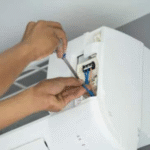




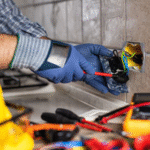




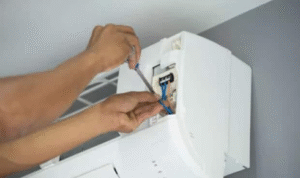

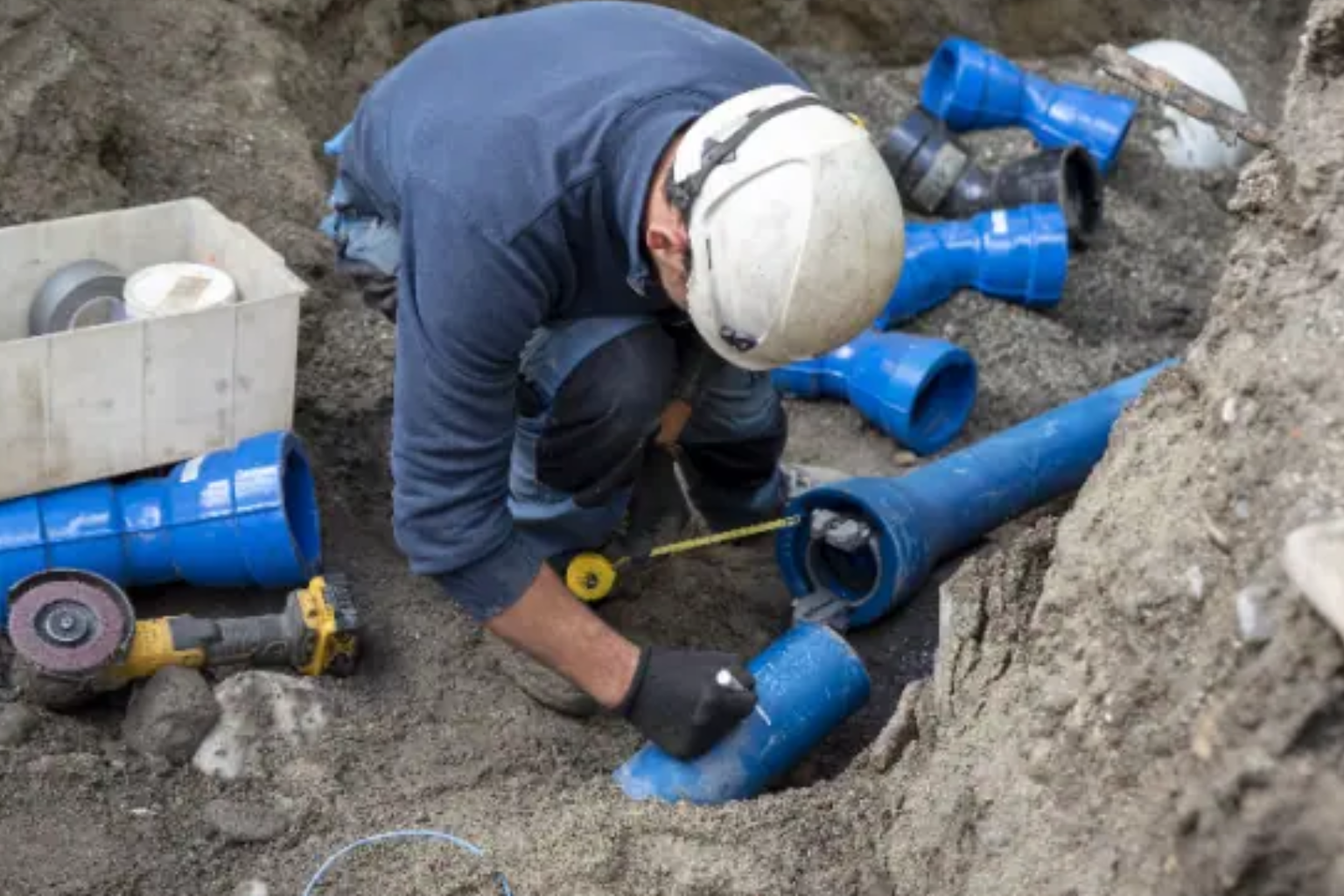
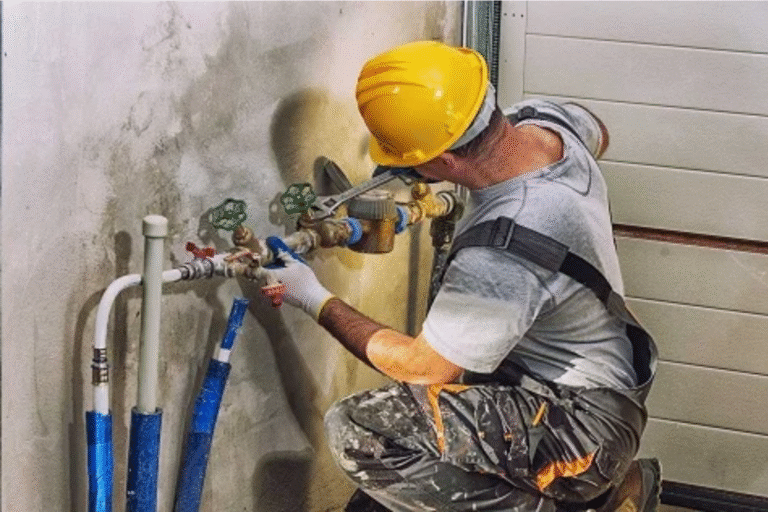




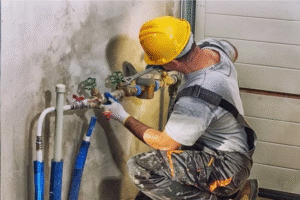




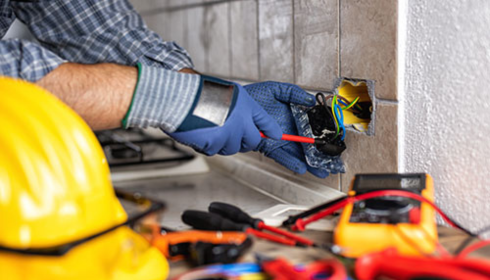
+ There are no comments
Add yours